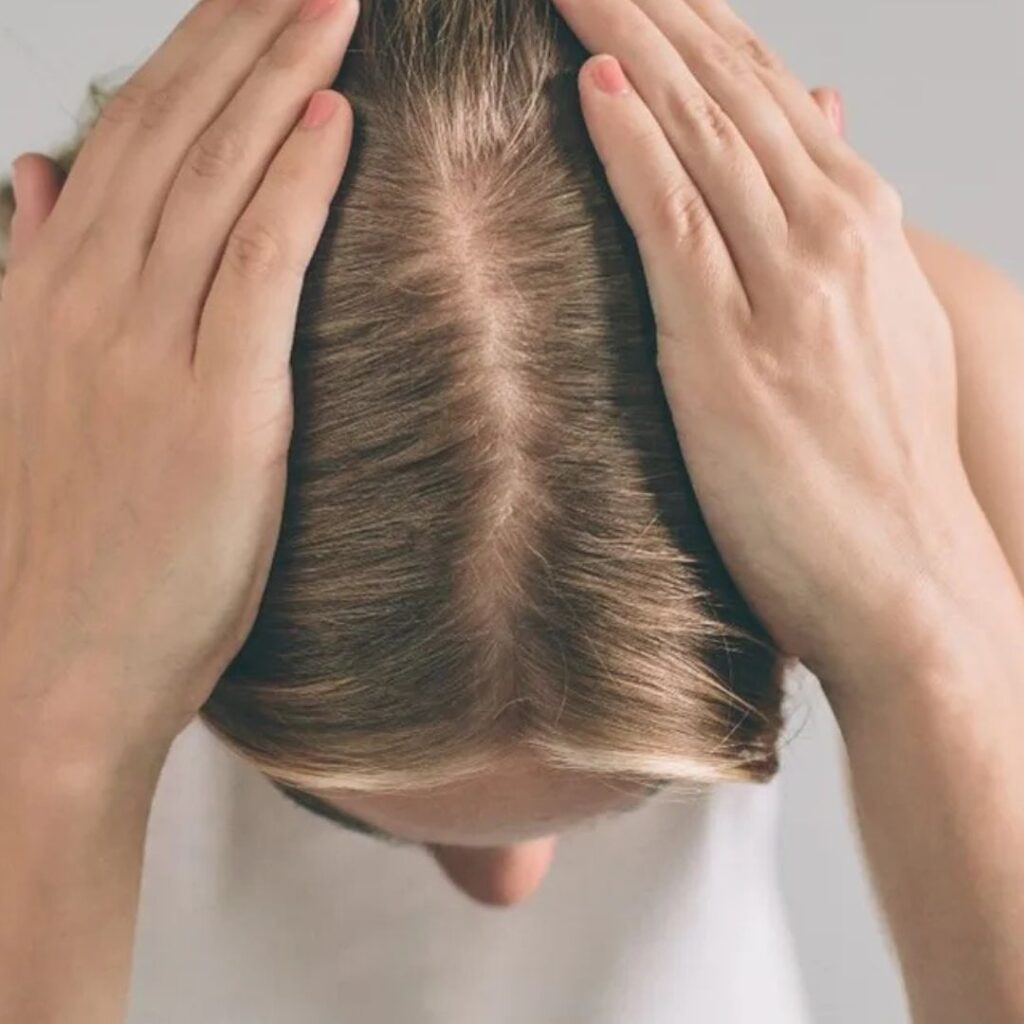Scalp health is just as important as skin care for the face or body, yet it often gets overlooked. Many people experience bumps, redness, and itching on their scalp and mistake it for simple acne.
In reality, these symptoms could be due to scalp folliculitis or scalp acne. While they may appear similar, the causes, underlying conditions, and treatments are quite different.
Understanding the difference is the first step toward getting the right treatment and restoring scalp health.
A consultation with a Dermatologist in Roorkee or a trusted Skin Specialist in Roorkee can help identify the exact issue and recommend personalized care.
What Is Scalp Folliculitis?
Scalp folliculitis is an inflammatory condition affecting the hair follicles. It usually develops when bacteria, yeast, or fungi infect the hair root, leading to tiny red or pus-filled bumps around the follicles. This condition can sometimes be itchy, tender, or even painful.
Common Causes:
- Bacterial infection (Staphylococcus aureus)
- Fungal overgrowth (Malassezia yeast)
- Excessive sweating or oil build-up
- Poor scalp hygiene
- Tight hats or headwear causing friction
Scalp folliculitis is more of an infection-driven problem, and if left untreated, it may worsen, causing widespread irritation or even temporary hair loss in severe cases.
What Is Scalp Acne?
Scalp acne, on the other hand, is similar to facial acne. It occurs when excess sebum (oil), dirt, and dead skin cells clog the hair follicles.
Unlike folliculitis, acne is not necessarily caused by infection but by blocked pores. Scalp acne may present as pimples, blackheads, or painful cyst-like bumps that develop under the skin.
Common Causes:
- Overactive sebaceous glands
- Hormonal fluctuations
- Poor scalp hygiene or infrequent hair washing
- Use of heavy hair products that block pores
- Stress and dietary factors
While scalp acne may feel similar to folliculitis, its triggers are more related to oil imbalance and clogged follicles rather than infections.
Key Differences Between Scalp Folliculitis and Scalp Acne
Cause
- Folliculitis: Usually infection-related (bacteria or fungi).
- Acne: Caused by clogged pores and excess sebum.
Appearance
- Folliculitis: Small, red, pus-filled bumps centered around hair follicles.
- Acne: Whiteheads, blackheads, or deeper cyst-like lesions.
Symptoms
- Folliculitis: Itching, tenderness, or pain; may spread if untreated.
- Acne: May feel sore but often linked with oily scalp conditions.
Risk of Hair Loss
- Folliculitis: Severe cases may lead to temporary hair shedding.
- Acne: Rarely causes significant hair loss.
Targeted Treatments for Scalp Folliculitis
- Medicated Shampoos: Antibacterial or antifungal shampoos containing ketoconazole, zinc pyrithione, or salicylic acid can help.
- Topical Antibiotics: Creams or lotions with clindamycin or mupirocin may be prescribed.
- Oral Medications: In severe cases, oral antibiotics or antifungals may be necessary.
- Lifestyle Adjustments: Avoiding tight headgear, maintaining scalp hygiene, and reducing sweat accumulation can prevent recurrence.
A Skin Specialist in Roorkee can prescribe the right treatment after examining the severity of the condition and performing scalp tests if needed.
Targeted Treatments for Scalp Acne
- Clarifying Shampoos: Shampoos with salicylic acid, glycolic acid, or tea tree oil can unclog pores and control oiliness.
- Topical Retinoids: In some cases, retinoids may be used to prevent pore blockage.
- Oral Medications: Severe acne may require oral antibiotics or isotretinoin under strict medical supervision.
- Scalp Care Routine: Regular washing, avoiding heavy oils or styling products, and managing stress can reduce flare-ups.
A Dermatologist in Roorkee can help design a personalized treatment plan, especially for people with recurrent or cystic scalp acne.
Preventive Tips for Both Conditions
- Wash your hair regularly with a mild, scalp-friendly shampoo.
- Avoid sharing combs, hats, or towels to reduce infection risks.
- Use non-comedogenic hair care products that won’t clog pores.
- Stay hydrated and eat a balanced diet to support skin and scalp health.
- Consult a dermatologist early instead of self-medicating.
When to See a Dermatologist
If you notice recurring bumps, excessive itching, pain, or hair loss along with scalp irritation, it’s important to seek professional help.
While home remedies and over-the-counter products may provide temporary relief, they do not address the root cause.
A Dermatologist in Roorkee can accurately diagnose whether it is scalp folliculitis or scalp acne and suggest medical treatments tailored to your condition.
Final Thoughts
Scalp folliculitis and scalp acne may look similar but require different treatment approaches. Folliculitis is infection-driven, while acne is primarily due to blocked pores and excess oil.
Knowing the difference ensures faster recovery and prevents long-term scalp issues. Consulting a Skin Specialist in Roorkee will help you not only get the right treatment but also maintain long-term scalp health.

